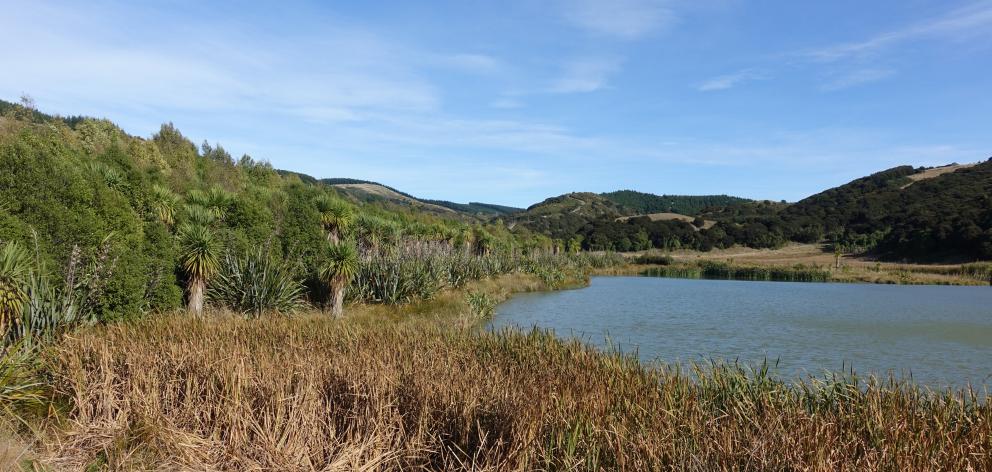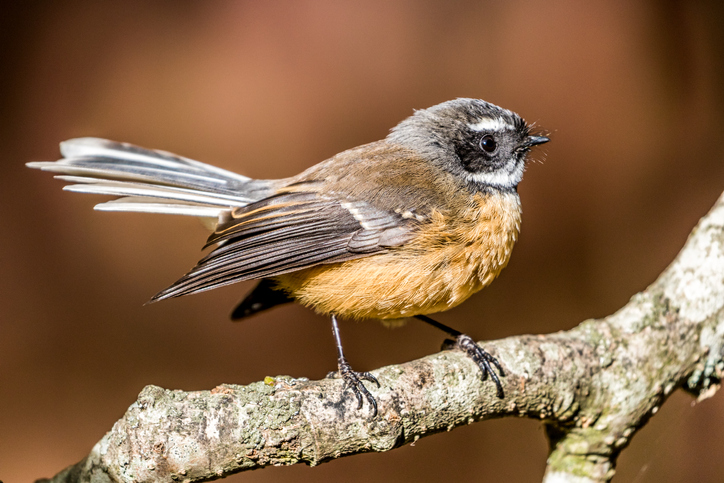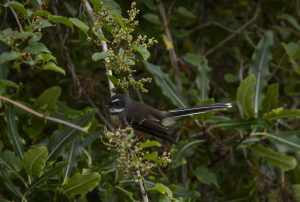
Recent monitoring reveals increased sightings of tauhou/silvereye (up 104 per cent), and piwakawaka/fantail (up 52 per cent).
Also, there has been sightings of species rarely seen at Tiromoana Bush, such as pipiwharauroa/shining cuckoo (up 72 per cent) and ngirungiru/tomtit (up 1014 per cent).
The nationally at-risk puweto/spotless crake and koitareke/marsh crake were also detected at the Kate Pond wetlands for the first time.
It is the second round of bird monitoring in the bush, a 407ha regenerating native forest northeast of Amberley.

Transwaste chairman Gill Cox says bird monitoring is important to understand whether the regenerating native bush and predator controls are providing a suitable habitat for native birds and fauna.
“Our vision for Tiromoana Bush was to enable native flora and fauna to thrive in a regenerating native forest.
“It’s very exciting to learn the restoration project is working and native birds, particularly rare species, such as the tomtit and spotless crake, are making their home in Tiromoana Bush.”
Bird monitoring to determine which species are present in the bush and in what numbers began when the restoration project started in 2005.

“It’s gratifying to see previously rare native species such as tomtit, kereru, and shining cuckoo become more abundant in Tiromoana Bush.”
However, there has been a decline in observed korimako/bellbird (down 24 per cent) and exotic species such as finches (down more than 50 per cent).
Norton said some species are more vulnerable to predators and it might take longer for numbers to recover.














